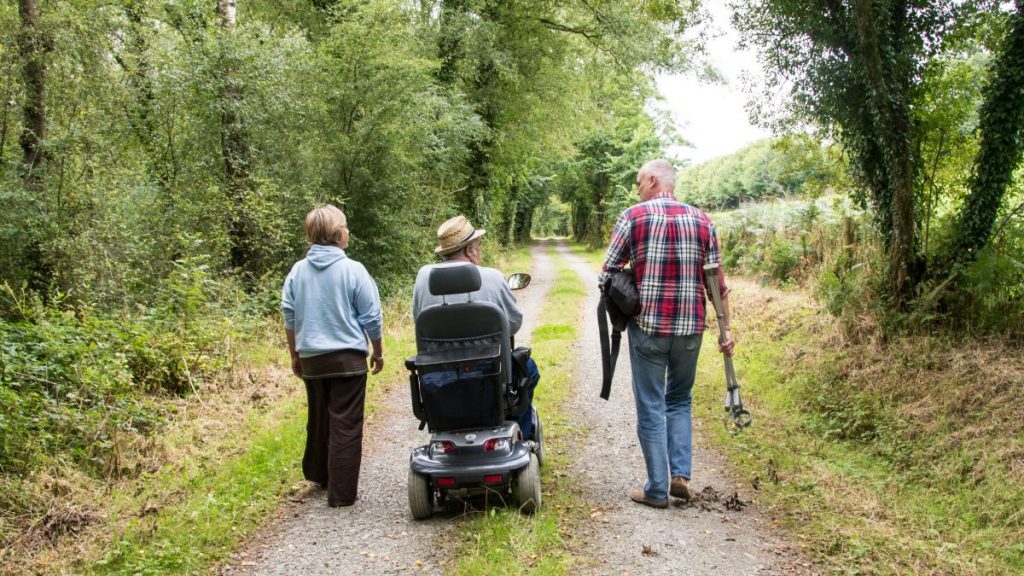DISTANCE/DURATION: 2.2 miles (3.6km) 1 hour 30 minutes.
PUBLIC TRANSPORT: None.
CHARACTER: Ancient oak woodland, well defined paths – can be muddy in places, undulating terrain (National Nature Reserve).
LOOK OUT FOR: Bats, woodpeckers, beetles, woodland management – coppicing/log piles.
Visit a nature reserve and take in one of the largest woodlands in the region.
Pengelli Wood is an ancient woodland, one of the largest of its type remaining in Wales. Parts are thought to have been wooded since the end of the last Ice Age – 10,000 years ago.
Its importance as a habitat is reflected in the fact that it is one of Wales’ National Nature Reserves and is also a Wildlife Trust of South and West Wales reserve.
The wood is richly diverse. Oaks grow alongside birch, ash and alder and at a lower level hazel, hawthorn and holly thrive. Honeysuckle adds rich scent on summer’s evenings.
For many centuries Pengelli was a working woodland, cared for by local people as an important resource. In the 1500s it was owned by the historian George Owen.
At that time it was grazed by pigs, sheep and cattle while its trees were managed and harvested for timber and fuel.
Each of its different tree species had its own value. Tough alder wood was used for clog making; oak was made into charcoal and its bark was used to tan leather while hazel provided firewood.
Pengelli Wood is home to polecats and dormice. Much of the management work carried out is aimed at improving the habitat for dormice.
It is also home to many woodland birds, including tawny owls and pied flycatchers, a summer visitor that uses nestboxes around the reserve.
Look out for the wood’s many wild flowers. In spring delicate white wood anemones carpet the woodland flower.
Later in the year purple hairstreak and the white-letter hairstreak butterflies can be seen – look for them high in the tree canopy where their eggs are laid.
Text provided by the BBC
Find this Walk
Grid ref: SN123396
COUNTRY CODE!
- Enjoy the countryside and respect its life and work
- Guard against all risk of fire
- Leave gates and property as you find them
- Keep your dogs under close control
- Keep to public paths across farmland
- Take your litter home



